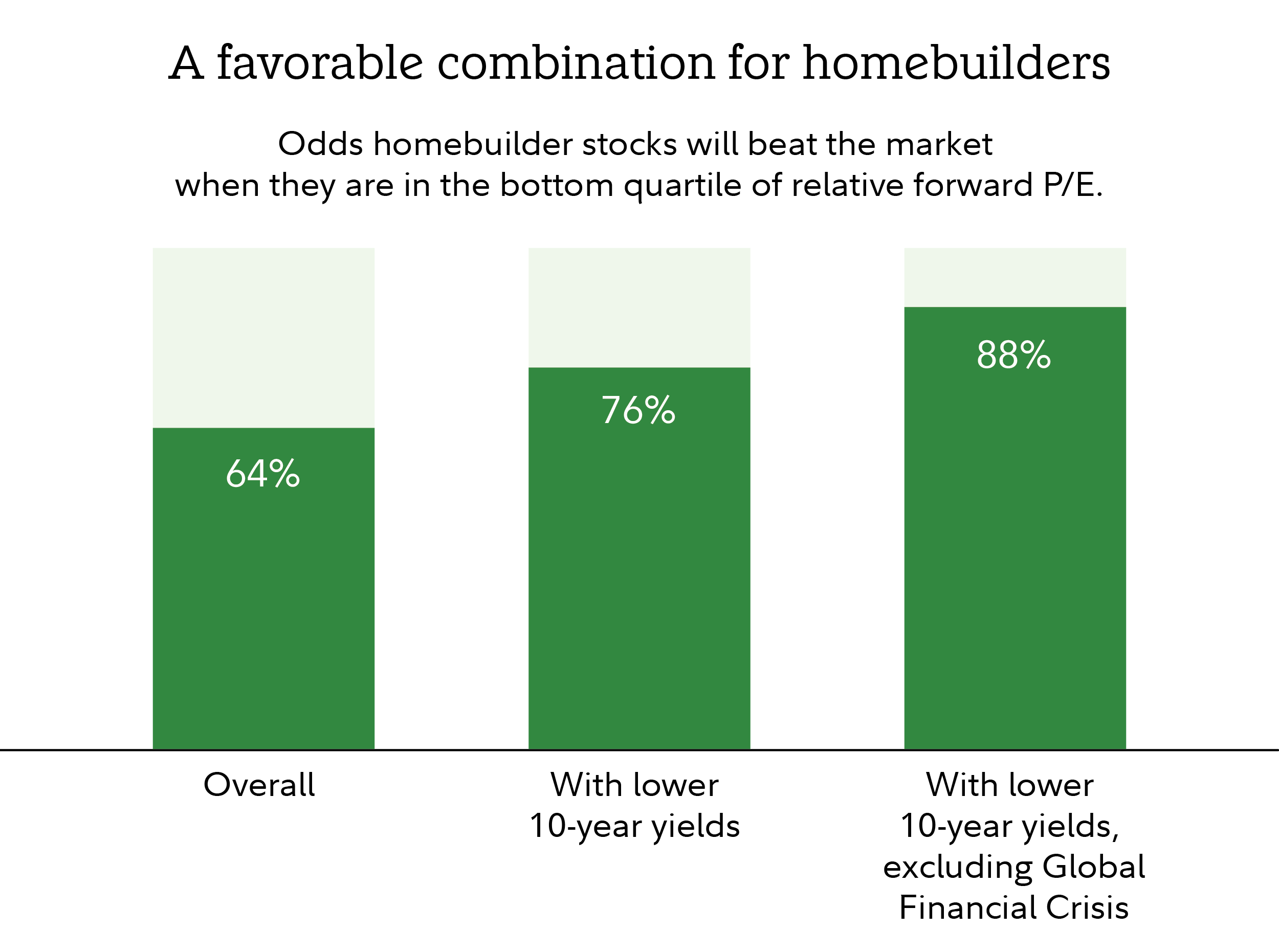Recent volatility aside, the second half of 2025 has so far been overwhelmingly dominated by one main narrative: the continuation of this strong bull market.
Two key forces have helped propel the bull forward in recent months: The passage of new tax legislation over the summer, which lowered corporations’ effective tax rate, and the Federal Reserve resuming its rate-cutting cycle after a lengthy pause.
While some investors have begun to worry that the market has run too far too fast, and that valuations could be getting stretched, my research into market history suggests the opposite: US stocks could continue to advance over the next 12 months and potentially longer. In particular, I believe there are 2 key sectors that could be poised to outperform, and 1 sector investors should approach with caution.
Here's more on 3 key themes for investors to consider now.
1. A dual tailwind could keep fueling stock market momentum
If history is a guide, the combination of tax cuts and interest rate cuts could support further stock-market gains.
Although the new tax law did not reduce the statutory federal corporate tax rate, which was permanently lowered to 21% in 2019, it’s expected to reduce the effective tax rate through changes in the treatment of certain corporate deductions and expenses, according to some estimates, by perhaps as much as 7%.
Historically, tax cuts have been good news for stocks, with stocks delivering better-than-average performance in both the year of a tax cut and the year after. One key reason: Corporate investment—known as capital expenditures, or CapEx—has often increased after tax cuts. Rising capex historically has had positive cascading effects, by leading to more durable earnings growth, which in turn has made investors willing to pay more for stocks.
Cyclical stocks—a group that includes consumer discretionary, financials, and technology—have often historically led after tax cuts. Tech stocks have been the top performers after past increases in capex.
Read the full report
Get Fidelity’s complete Q4 2025 Quarterly Sector and Investment Research Update, from the desk of Denise Chisholm, director of quantitative market strategy.
As I’ve written about before, while investors often think of rate cuts as bullish for stocks, history shows that rate cuts alone don’t reliably predict market direction. Rather, why the Fed is cutting is crucial in determining how the market subsequently performs. When the Fed has cut rates because it must—in response to a recession—returns have been poor. When the Fed has cut rates because it may—meaning inflation is low and growth is slowing but not negative—returns have historically been strong.
Recession is never completely off the table, but I believe recession risks are limited right now. If past trends hold true, the dual tailwinds of lower taxes and lower interest rates could help give this bull market a strong second wind.
2. Homebuilders could see a comeback
Shares of homebuilding companies have struggled in the past year, as low housing affordability has weighed on home sales. But the Fed’s recent resumption of rate cuts could potentially be the catalyst for a turnaround.
Historically, home sales have tended to rise in the year after a Fed cut. That’s because reductions in the federal funds rate have often led to lower yields on 10-year Treasury bonds, which heavily influence mortgage rates. When 10-year Treasury yields fall, mortgage rates usually do too, and home affordability improves.
Meanwhile, homebuilders’ stocks look inexpensive. The industry's average valuation relative to the broad market recently sat in the bottom 25% of its historical range, based on forward price-to-earnings (P/E) ratios (meaning, stock price divided by estimated earnings for the next 12 months). A bottom-quartile relative valuation has been a sweet spot for homebuilding stocks in the past. Historically, the industry has outperformed the market nearly two-thirds of the time over the next 12 months.
Homebuilders’ odds of beating the market have been even better when bottom-quartile valuations coincided with falling 10-year Treasury yields. In those scenarios, the industry outperformed the market more than three-quarters of the time. And if you exclude the Global Financial Crisis—an outlier that was especially rough for homebuilders—the odds of outperformance have risen to 88%.

3. Approach this defensive sector with caution
Utilities stocks have beaten the market year to date so far this year, though not by enough to offset the past few years of underperformance.
Some investors may wonder if interest rate cuts from the Fed could make utilities more appealing. After all, many investors choose utilities stocks for their dividend payments. In theory, those payments should become more attractive when interest rates fall, as they typically do after the Fed lowers its target rate.
While this logic sounds reasonable in theory, it hasn’t held up in practice. Since 1995—the dawn of the era of utilities deregulation—utilities have outperformed the market only about a third of the time when the Fed was cutting rates, compared to almost half the time when the Fed was raising them.
How to search for investing ideas
Based on this analysis and other research, I believe lower corporate taxes and interest rate cuts will be constructive for stocks. I expect potential leadership from cyclicals, particularly technology and homebuilders, and I would recommend caution with utilities stocks.
Investors interested in matching investing ideas to these themes can search for stocks using the Fidelity Stock Screener . Or, to search for mutual funds or ETFs that focus on these themes, investors can use the Fidelity Mutual Fund Research tool or ETF Screener .

Denise Chisholm is director of quantitative market strategy in the Quantitative Research and Investments (QRI) division at Fidelity Investments. Fidelity Investments is a leading provider of investment management, retirement planning, portfolio guidance, brokerage, benefits outsourcing, and other financial products and services to institutions, financial intermediaries, and individuals.
In this role, Ms. Chisholm is focused on historical analysis, its application in diversified portfolio strategies, and ways to combine investment building blocks, such as factors, sectors, and themes. In addition to her research responsibilities, Ms. Chisholm is a popular contributor at various Fidelity client forums, is a LinkedIn 2020 Top Voice, and frequently appears in the media.
Prior to assuming her current position, Ms. Chisholm was a sector strategist focused on sector strategy research, its application in diversified portfolio strategies, and ways to combine sector-based investment vehicles. Ms. Chisholm also held multiple roles within Fidelity, including research analyst on the mega cap research team, research analyst on the international team, and sector specialist.
Previously, Ms. Chisholm performed dual roles as an equity research analyst and director of Independent Research at Ameriprise Financial. In this capacity, she focused on the integration of differentiated research platforms and methodologies. Before joining Fidelity in 1999, Ms. Chisholm served as a cost-of-living consultant for ARINC and as a Department of Defense statistical consultant at MCR Federal. She has been in the financial industry since 1999.
Ms. Chisholm earned her bachelor of arts degree in economics from Boston University.



